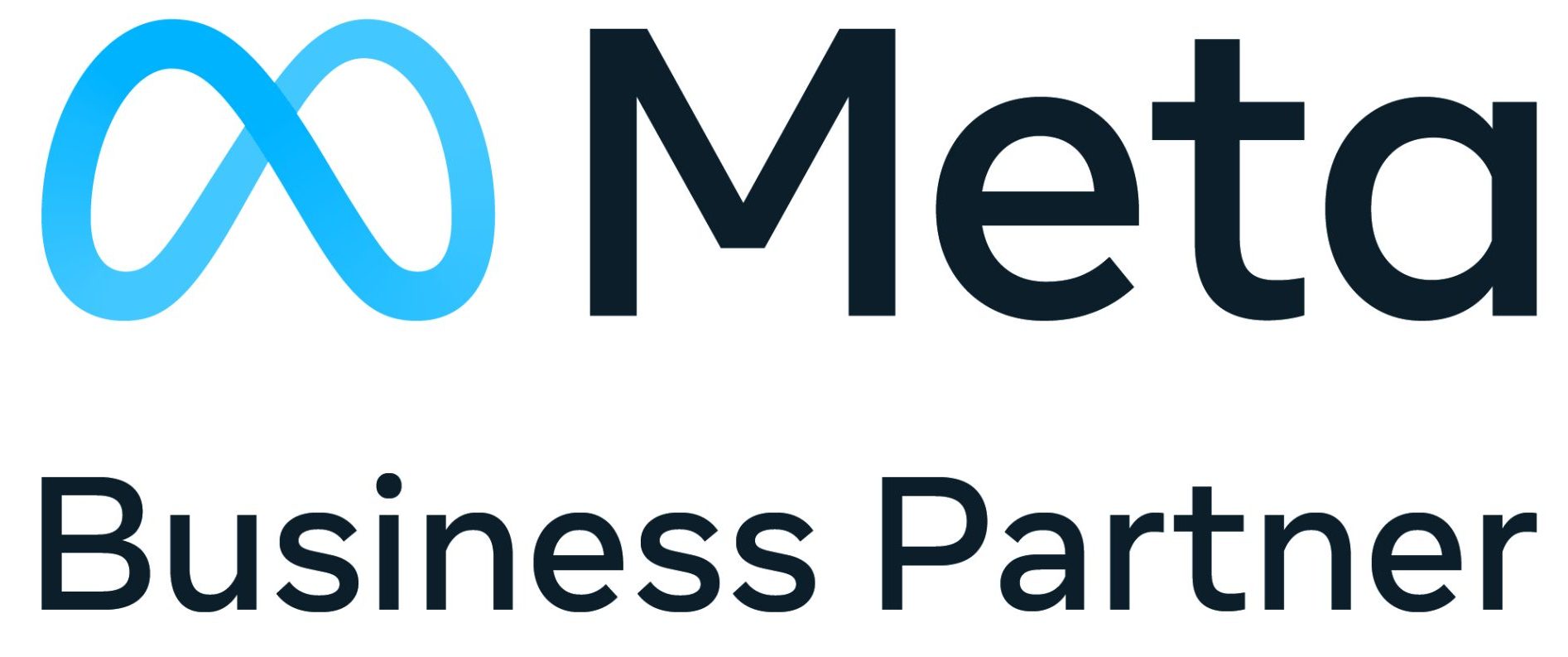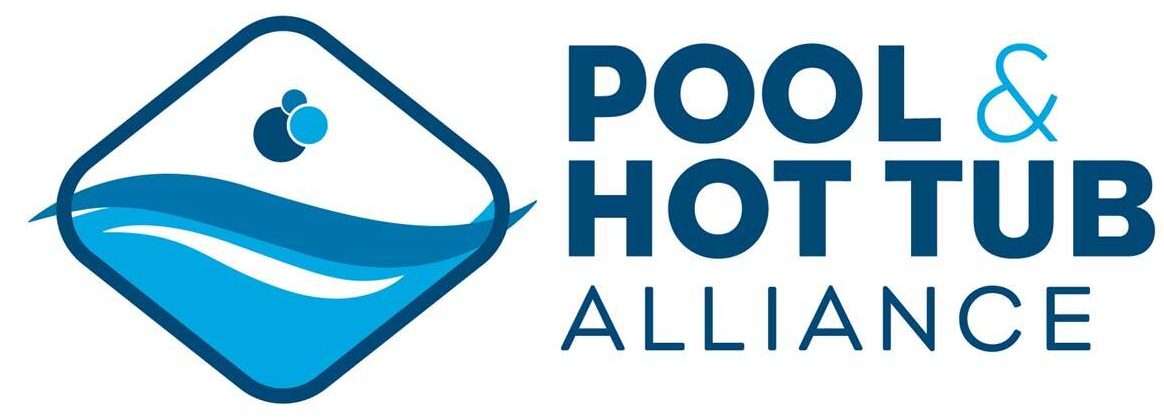We hear that groan. Another must-do to add to your busy schedule? But trust us, remarketing pays off.
Savvy buyers don’t purchase a new hot tub or pool spur of the moment. They do research first, a lot of which is on the web. They need to decide not only what kind of pool or spa they want, but which dealer to trust with their business. So, they browse websites, read blogs, and check reviews. At some point, you blip on their radar. Maybe they saw your ad on Facebook or they heard about you from another spa owner. But most likely, the first time a lead hears about you, they aren’t quite ready to pull the trigger on their big purchase. So, what keeps you on their radar as they put aside their next step for another day? You guessed it, remarketing.
Just what is remarketing exactly?
In essence, remarketing is creating targeted ads that you show only to people who have already shown interest in your business.
Think about how sales used to happen before the internet. Back in the day, if someone was thinking of buying a hot tub, what would he do? He’d drop by a friendly, local hot tub dealer and ask questions. That someone, let’s call him Sam, would compare hot tubs, learn about installation, and go home with your business card, maybe a brochure, and the plan to measure his back patio to see how much room he has. You may have even gotten Sam’s number so you could call him in a week or so to see if he’s ready to buy.
If Sam wanted to shop around, maybe there were 1 or 2 other hot tub dealers he could drop by to see what brands they carried. But he still had your business card and information about the spa you were showing him. So, he certainly wasn’t likely to forget about you, was he?
Shopping today is a whole nother kettle of fish.
If Sam’s looking for a hot tub today, he probably doesn’t start his search by dropping by a local store, even though that’s likely where he’ll end up when he’s ready to make his purchase. Instead, he’s going to start his search online. He’ll Google the “best hot tub brand,” or search for “hot tubs near me.” Eventually, he’ll learn enough about hot tubs to Google, “Hot Spring® Spas reviews” or “Artesian® vs Jacuzzi®.” By the time he strolls into your showroom, he’s already done a ton of research and probably has a good idea of what he wants, or at least some smart questions to ask you.
Now in all of that research, as Sam bops from hot tub brand to brand and pops in to visit the website of every local hot tub dealer near him (plus a bunch that aren’t), wouldn’t it be nice if you could do some of that old school marketing you would have done years ago, like slip him a business card and a brochure, and maybe even take his contact info so you can stay in touch with him? That, my friend, is where remarketing comes in!
How does remarketing work?
To pinpoint those people who are already interested in your business, you (of course, if you work with The Get Smart Group, you don’t have to do any of this! We will handle all of this for you) drop a tiny piece of code on your website that keeps track of who’s visiting and what they’re doing on your site. Then, when they do certain things based on parameters we set, like browse Facebook or perhaps Google something hot tub related, your ad will pop up and say, “Hello again! Just wanted to make sure you didn’t forget about me.”
The awesome thing about remarketing, sometimes called retargeting, is that you get to target your leads based on what they’re interested in.
So, if someone mainly spent time on your services/maintenance page, we can send them ads for your route service or notify them when you’re running a special on chemicals.
For someone like Sam though, who is clearly looking for a new hot tub, we could send an ad giving him the chance to download a free hot tub buyer’s guide or target him with ads all about the relaxation and wellness benefits of hot tubs.
Here’s one more key point about remarketing to understand: it’s not just about sales. One of the biggest purposes of remarketing is to hype up your brand awareness. Building your reputation in your community is one of the most important goals of any marketing campaign. You need your business to be seen as trustworthy and the place to go for expertise in your field. So, part of remarketing is building your reputation.
How is it done?
There are 4 parts to most remarketing campaigns:
- Facebook Remarketing
- Google Remarketing
- Segmenting Your Remarketing Audience (aka, building the list of people to target)
- Tracking Metrics
Facebook Remarketing
You need to be where your leads are, and that means Facebook. That line of code we talked about that gets dropped into your website to keep track of what your website visitors are doing is called a “pixel” in Facebook jargon.
Basically, we add a pixel to your website pages and as long as the website visitor is logged into Facebook as they’re browsing the internet (and most Facebook users do stay logged in all the time), the pixel will keep Facebook’s algorithms up to date.
Have you ever looked at a pair of shoes on a website, noticed an ad for that same pair of shoes when you’re scrolling through Facebook, and thought, “Why does it seem like these shoes following me?” That’s a pixel at work!
Google Remarketing
The process for Google Remarketing is very similar. A tiny bit of code on your site communicates with your website visitor’s computer. Then, as he or she is using Google, your ad will retarget them. For Google, we can get more specific about when ads show up by specifying if they should appear when your lead is using the Search Network, the Display Network, or both.
- Search Network – Do a Google search for any topic at all. Notice how the first set of search results say “Ad” to the left of the result? That’s where an ad appears on the Search Network. Take our old friend, Sam. If he googled “hot tubs” or “Gotham City Hot Tub Dealer”, that’d be a great place for your ad to pop up.
- Display Network – These are ads that appear as leads are browsing other sites around the web. For instance, here’s one of our remarketing ads one of our leads might see:
This just might be the most important part of setting up a remarketing campaign. This is where you pick which leads see which ads. As we mentioned, the idea of remarketing is to target your leads specifically based on their interests. So, we want to take leads and put them in customized audience lists.
We dive much deeper into segmenting your audience in this article, but for now, here are the highlights.
- For Facebook, there are several types of audience lists we can create. Here are the ones we find to be the most impactful:
- Website Custom Audiences – We can break down the people who visited your website into groups. So, first-time visitors will see a different remarketing ad than ones who were in the process of downloading your brochure but stopped mid-way
- Engagement Custom Audiences – Targets people who have engaged with your Facebook and/or Instagram content
- Custom Audiences from a Customer List – Send your current customers a quarterly reminder about draining and cleaning their spa. Send your email list a notice, via a Facebook ad, about your big parking lot sale, etc
- The process is similar for Google, but there are two ways to build your audience lists:
- Website Visitors – Just like with Facebook Pixels, we can customize what type of list visitors go into based on what they do on your site. So, you can offer an ebook to some visitors. Give a reminder about the joys of hot-tubbing to others. Then, show an ad that offers a free site consultation to another group.
- Customer List – Do you have a list of email addresses from an expo you attended? Want to market your route service to your current customers? You can import a custom list to fit the bill.
Tracking Metrics
How will you know that remarketing is working? There are all sorts of metrics you can track that will show you which ads are the most impactful.
- Site Visits – First, just calculating the increase to your site traffic after you start remarketing will show that your efforts are paying off. Also, site visit pixels can count the number of visits you had after people saw your ad.
- Downloads and/or Email Opens – Some of your campaigns will probably offer free ebooks or brochures. If you see an uptick in downloads, you’ll know your remarketing campaign is effective.
- View-Through Conversions – These tell you that a lead saw your ad on “such and such network” and then later came to your site.
Don’t Let Leads Slip Through Your Fingers
To sum it up, remember these two figures. About 95% of first-time site visitors leave websites without filling a form. That means that without remarketing you’re only focusing on that remaining 5% of initial visitors.
Second, some figures estimate that remarketing to your website visitors makes them 70% more likely to convert. Seventy percent!
Are you going to leave all those leads for some other company to grab?
So really, whether or not to remarket isn’t a question at all. Every business should be remarketing. The only question is whether you want to tackle it yourself or pass it off to a really stellar marketing group that specializes in spas, pools, and all things home improvement and backyard recreational related (ahem, that’s us).
If you want to learn more about how remarketing, or how working with The Get Smart Group can take your business to the next level, schedule a free consultation with us!














